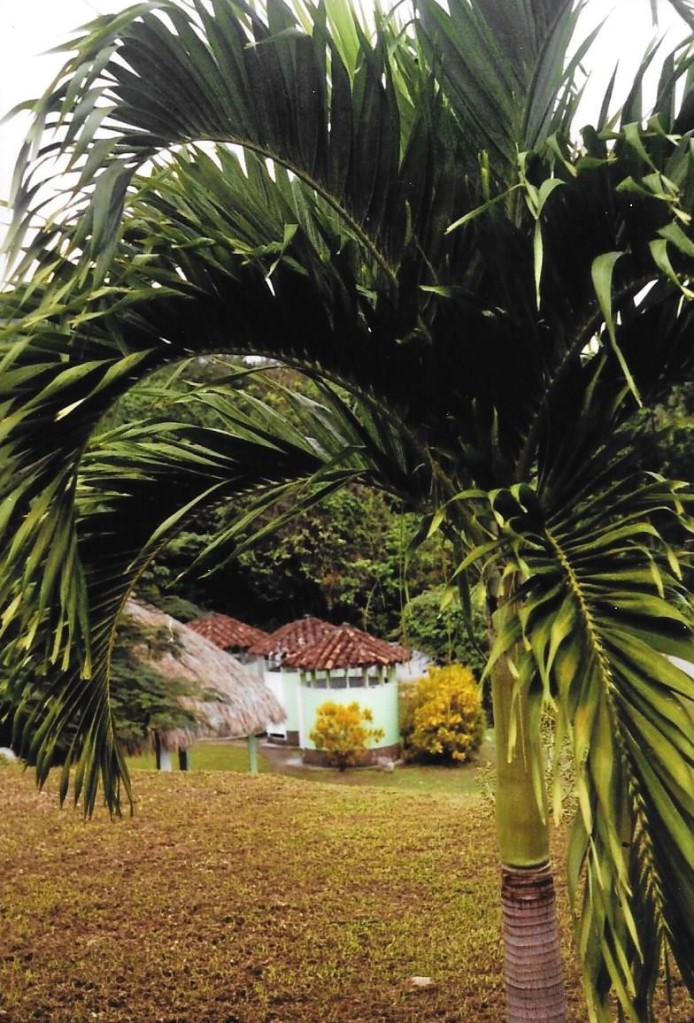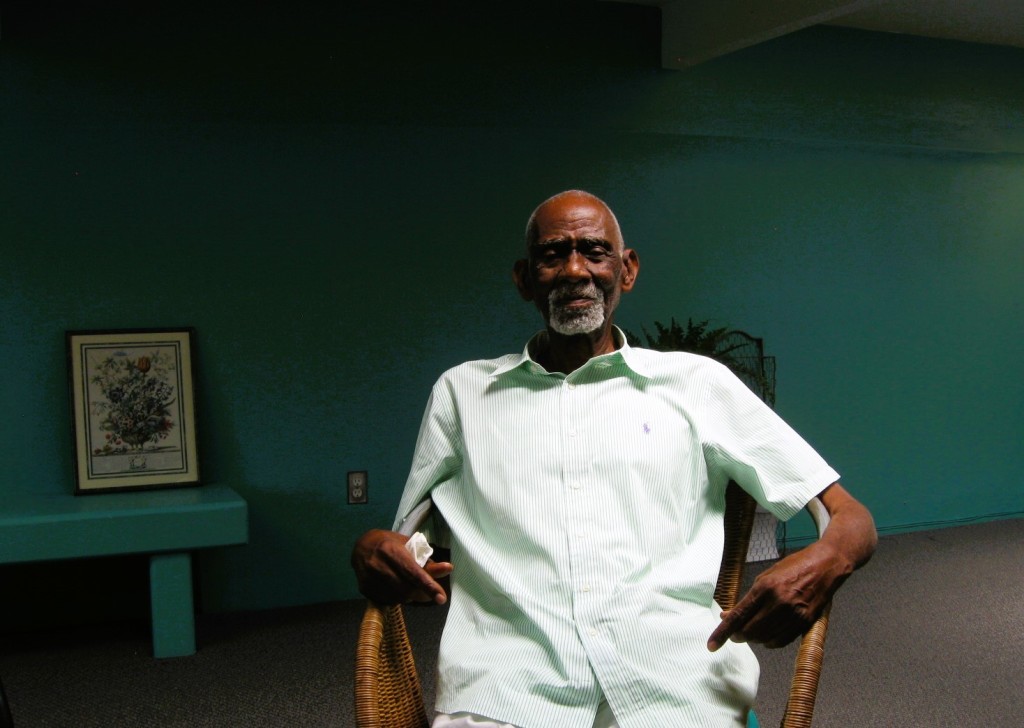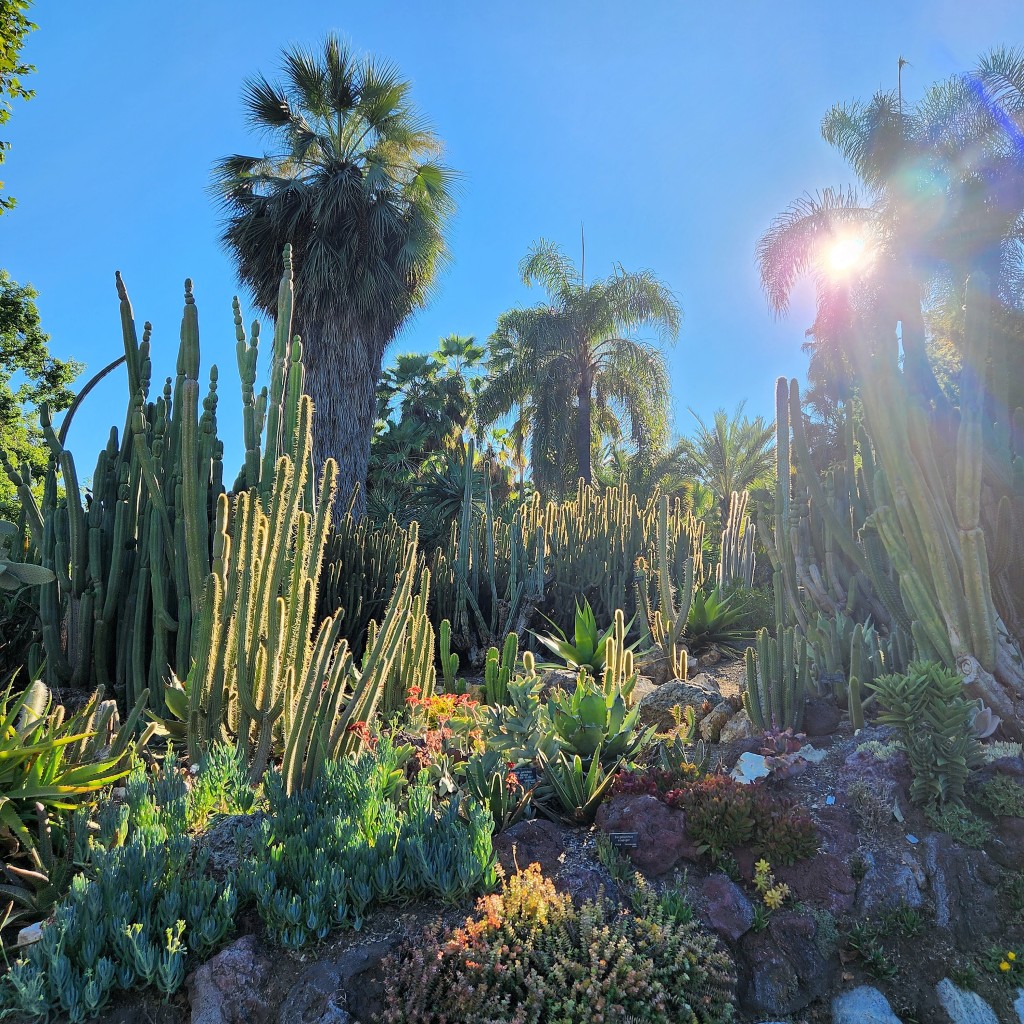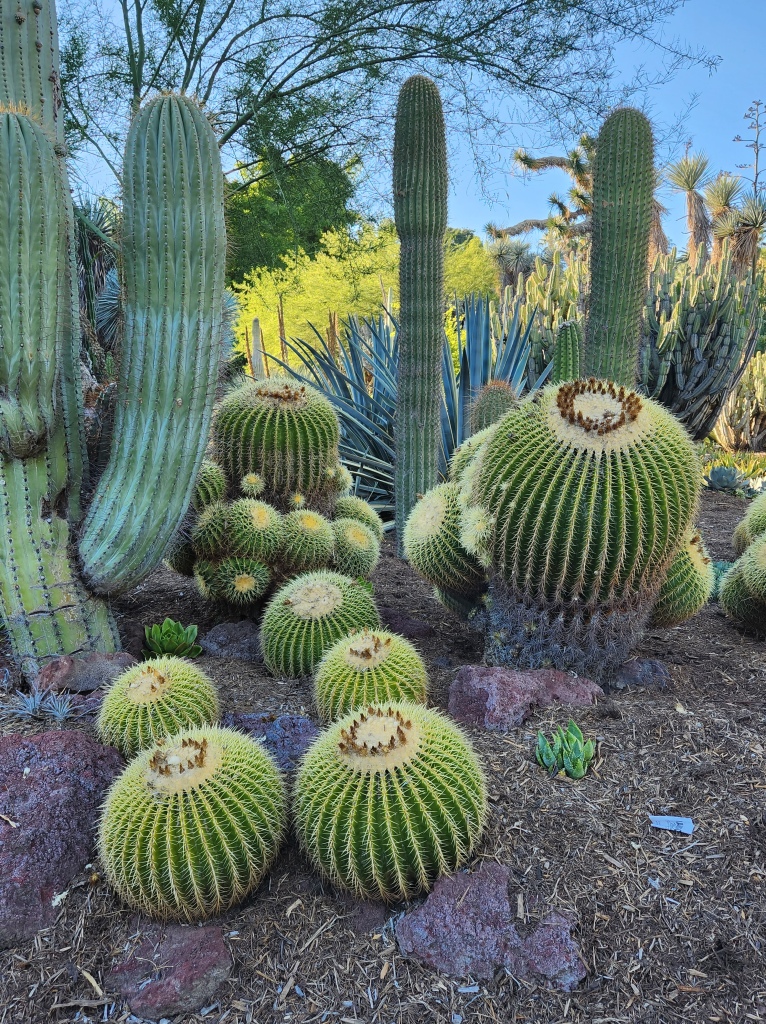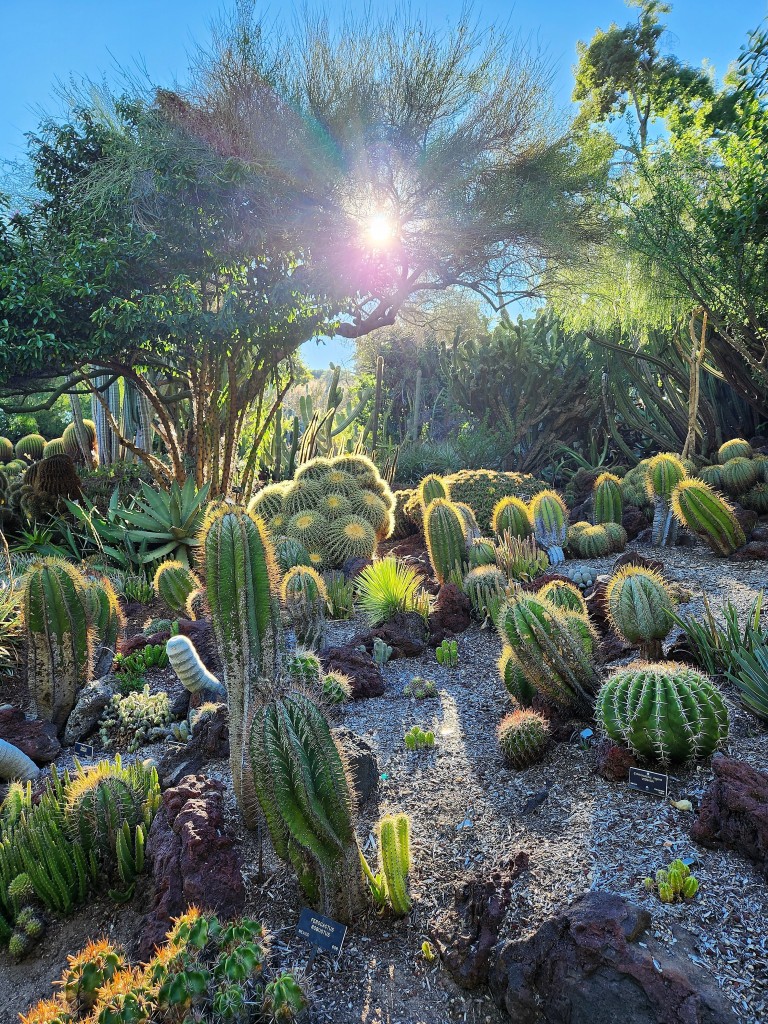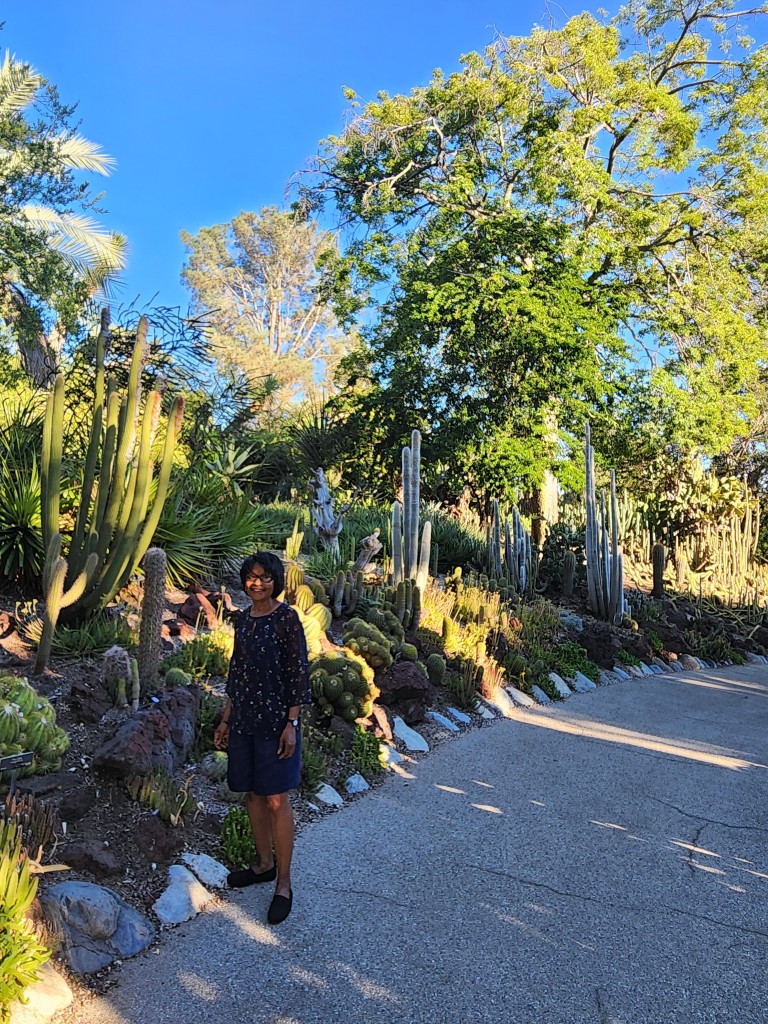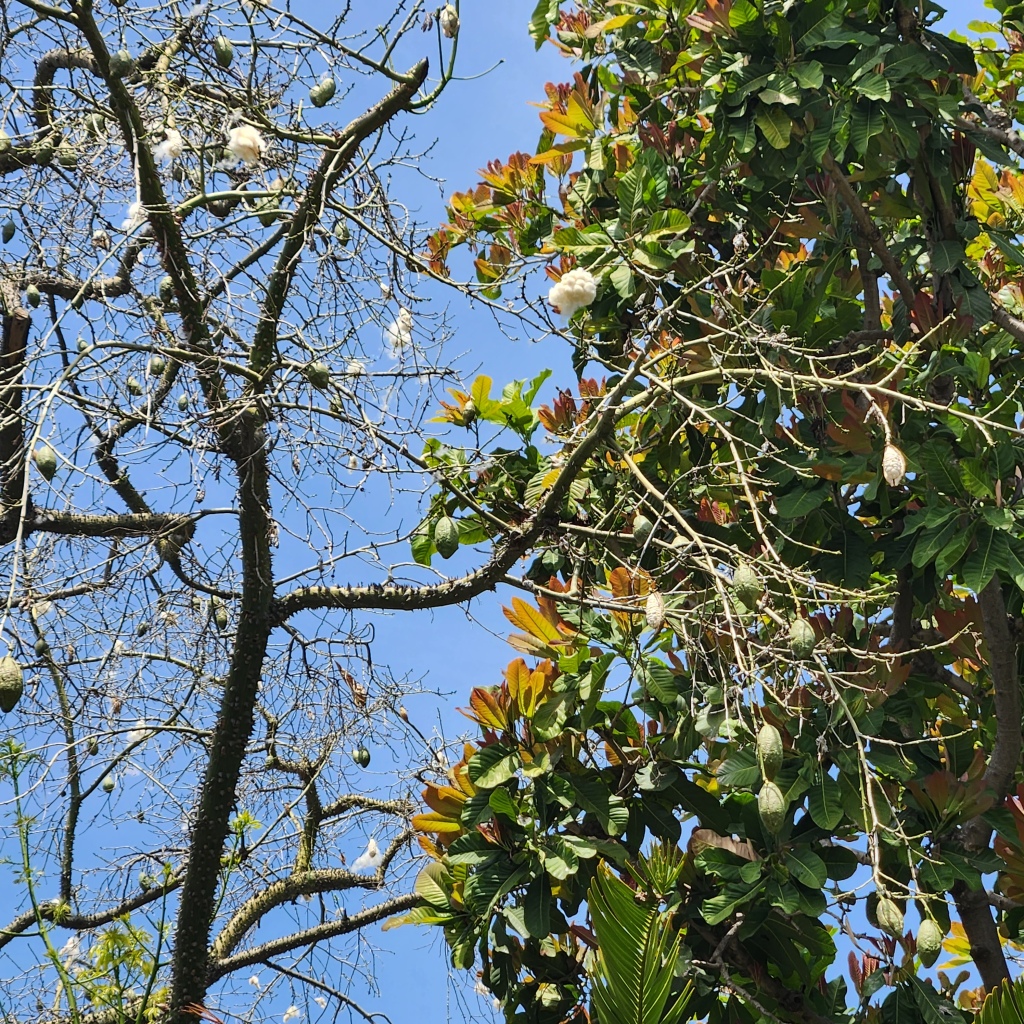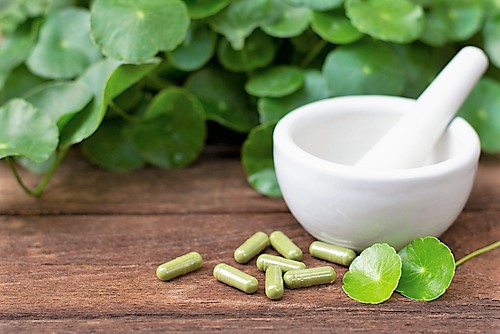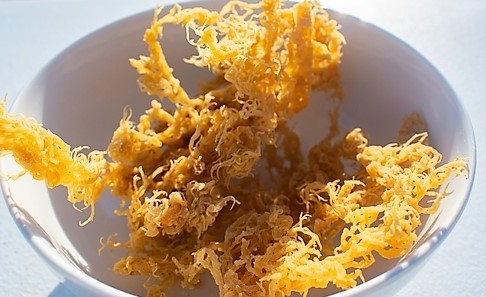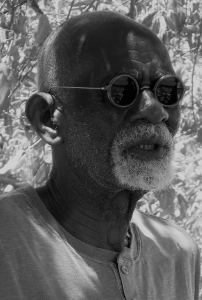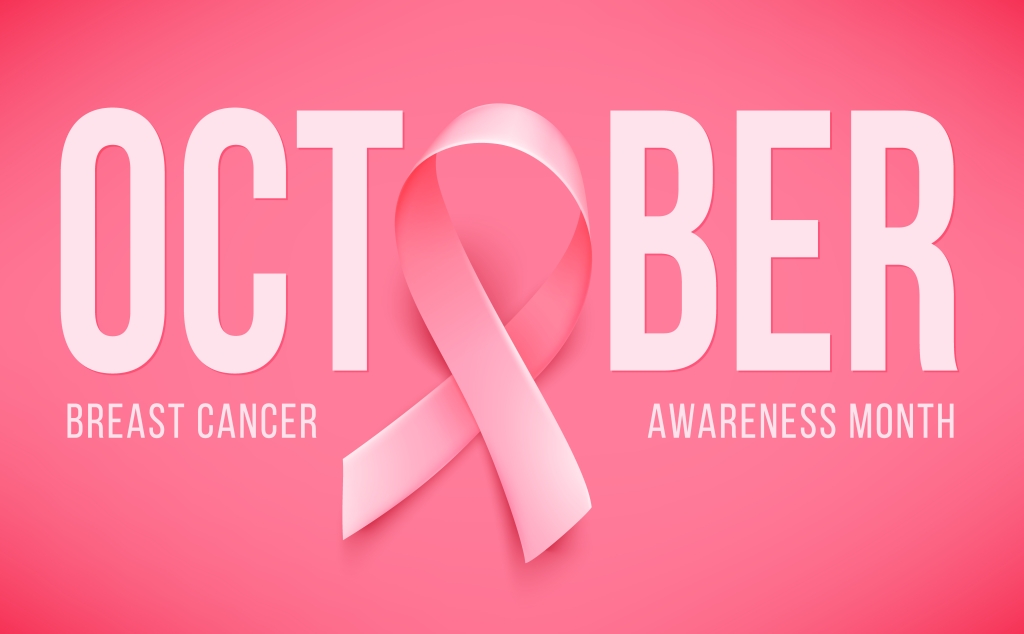She’s still in Brooklyn, NY. She still consults with people who want and seek the healing she offers, as she has for more than 40 years. And she still cherishes peace, tranquility, goodwill. Maa Bowman guards them like a lioness guards her cubs.
A few days ago, a gentleman with health concerns emailed me. He inquired about Maa’s contact information. I replied with the following, and thinking others are also interested, I decided to post it here.
The Fig Tree Health Group
(800) 998-5909
(International callers should add US country code +1)
Email: thefigtreehg@gmail.com
Website: https://thefigtreehg.com
The gentleman’s inquiry reminded me of my interview with Maa in 2009. Needless to say I was more than grateful and somewhat overjoyed she freed up time in her busy schedule to talk.
The conversation covered more than health. We chatted about her receiving a copy of the book Seven Days in Usha Village: A Conversation with Dr. Sebi. She skimmed it. I suppose it was a story Maa knew all too well. She said I was a good writer and that was a nice picture of me on the back cover, then she graciously skipped on to the next topic. Dr. Sebi’s mother Violet died peacefully in Honduras, in Maa’s arms a couple of years after my 2005 visit to Usha Village. Maa affectionately called her “Mommy.”
The disease cancer, however—front and center, in a grand way—occupied most of our conversation. A photographer friend of mine, critically ill with it and undergoing chemo and radiation at the time, listened to whatever alternative advice I could give him. He even accepted some sea moss I sent him, but I felt I should contact Maa to see if she could help since she and my friend Robert were living in the same state, New York.
The following is an edited excerpt from that telephone interview on April 10, 2009.
Beverly: Ok. Because what I wanted to do today is get your comments about the book and ask you if you could give me your perspective on food and its connection to disease because just recently I got some news about a friend of mine. He’s undergoing radiation right now. They found some cysts, like polyps. I was wondering if you can tell me if I did the right thing by giving him the sea moss. All I could do at this point was give him the sea moss.
Maa: Oh yeah, because that’s going to nourish his cells. I’m doing a presentation tomorrow and it happens to be on cancer. I wish you could see it then you could understand. But you did do as far as the question, yes. Because you feed the cells the nourishment that it needs and electrifies. Now we got to get the poison cells off. Is he willing to get on the program?
Beverly: Well, you know I told him about the therapeutic package and what it will cost and he said it’s just a little bit steep for him right now. So the best I could do was give him the sea moss.
Maa: But he needs to call me.
Beverly: Well, I want him to come to your presentation. Aren’t you having one next week, next Saturday, the food demonstration too?
Maa: Uh huh. I’m doing one this Saturday, next Saturday and one every weekend in May. But they’re in different places. I’m doing one in New Jersey, one here, one in Kansas. They’re in different places. But he needs to call me because the question is, is there a value on your life? Right now you’re in the state of life or death.
Beverly: Right.
Maa: And chemo is not going to save your life. And you say that $500 is not worth it. I would rather die. That’s what you’re saying.
Beverly: Right, right. Well, he’s in New York with you.
Maa: Oh, well he needs to come. He needs to come so I can talk to him. Because there should be a value on your life. There’s either a value on your life or you don’t believe it, one or the other.
Beverly: So you’re having the lecture tomorrow and next Saturday?
Maa: I have one in New Jersey tomorrow and then next Saturday I’m doing it in Brooklyn, New York.
Beverly: The one in New Jersey is that too far away for him to travel to?
Maa: Where is he?
Beverly: He’s located in Island Park, Long Island.
Maa: Oh, I don’t know New York. It’s in Newark, New Jersey.
Beverly: Oh, ok so you’re going to be in Newark tomorrow and then you’re going to be in Brooklyn next Saturday.
Maa: Um hum. But this is the one he should come to because it’s on cancer, this one.
Beverly: Oh that’s wonderful. I’ll call him today. What’s the address to tomorrow’s lecture?
Maa: Oh, I don’t have it. But I can get it. The girl is on her way.
Beverly: What time is it Maa?
Maa: 3:00.
Beverly: And next week is at 3:00 too right?
Maa: Uh huh.
Beverly: Ok. Let me ask you about using the products and having the chemotherapy and the radiation. I know some patients are kind of hesitant, kind of reluctant to start one thing like your products.
Maa: That’s because they don’t understand. The herbs are going to help them through the chemotherapy. The chemotherapy is radiation. That’s a nuclear bomb. That’s acid. That’s poisoning your body and it’s burning all the cells. Because it’s impossible, no matter what they say, to know the good from the bad. The herbs are electric cell food. It’s not chemical. There’s no additive, no preservative, no chemical. It is feeding your cells. It’s like eating greens or spinach. There is no conflict. There’s no question. There’s no doubt. There’s no conflict. So now all it’s doing is cleaning. Just like you take your soap and wash your body, it’s going to clean those poison cells out. It’s not going to interfere with the chemo, the radiation or anything that it’s doing. It’s fire. It’s electrical fire, setting your body on fire.
Beverly: They say radiation kills cancer cells. Is that true?
Maa: Um hum. But how does it know the good from the bad? That’s all I’m saying.
Beverly: So what else SOMEONE COMES IN THE DOOR
Maa: Hi, it’s always good to see you.
Beverly: I love your energy. You’re like sun yourself. (laughter)
Maa: Thank you.
Beverly: I would love to see you. I’m kind of jealous that Robert is going to get a chance to see you. I may have seen you before back in the 80s when you came with Dr. Sebi. You were on the lecture circuit with him too, right?
Maa: Most of the time my daughter traveled with him or our daughter, Wewiy. Once in a while I came but that was once in a great while.
Beverly: Did you ever come to DC, because that’s where I was based.
Maa: Oh yes.
Beverly: Ok. It’s important right now for Robert to see you first because he’s going through the radiation therapy right now. I would love for him to see you and talk with you.
Maa: Tell him to call me. He needs to call. Yeah, call me to set up an appointment so I can explain it to him because at the event there are so many people. It’s like 30 people or more and it’s so much going on. It’s nothing direct to him for the attention that he needs, and talk directly about his case and his situation.
Beverly: So each case is different.
Maa: Well, it’s just that that topic is going to be on diabetes. The topic this time is going to be on cancer. I need to talk to him direct.
Beverly: And he’s the one we’re talking about today. I gave him the sea moss and I told him the sea moss was going to break down the fat in his body and help break down that cyst. Is that right?
Maa: Um hum. Um hum. No, it’s not going to break down the cyst. It’s going to feed the cells. He needs the therapeutical nutritional package.
Beverly: So it’s not going to break it down, not even a little bit?
Maa: No.
Beverly: Is there any singular thing that I can send to him or have him buy from you that he can use right now along with the sea moss?
Maa: No, there’s not a singular thing that will break it down direct because the whole body works together and that’s why I wish so bad that he can come to this event because it doesn’t work like that. It’s not like give me something for a headache. Give me something for a toothache. Give me something for cancer. Give me something to break it down. No. It is working with the body and it’s building the body up and putting it in an alkaline state. And then the body begins to break that down. It’s releasing that poison. The herbs are releasing that poison from all aspects, from the colon, from the liver, the kidney, the gall bladder because all of those work together. So it’s not going there and attacking that tumor. That’s what’s been programmed and it always comes back. No, you got to understand, he’s got to get on the program.
Beverly: So the radiation is just burning everything and destroying his immune system too.
Maa: The chemo?
Beverly: Yeah.
Maa: Yeah.
Beverly: And it’s also destroying his cells.
Maa: Yes, it is.
Beverly: What the Fig Tree online wants to do is to not only rebuild the cells, you want to nourish the cells as well.
Maa: Yes, exactly, and that’s what the sea moss is doing.
Beverly: That’s what the sea moss is doing?
Maa: Nourishing the cells but what about getting the poisonous cells out?
Beverly: Right, right. Let me tell you about his diet. What about food and its connection to that disease? He used to drink a lot of milk.
Maa: Well, he has to let that go. He has to let it go.
Beverly: What’s the difference between your program and Dr. Sebi’s program?
Maa: It’s the same.
Beverly: Ok, ok. It’s just the labeling is difference.
Maa: Um hum.
Beverly: Ok. Can you tell me your perspective on food and disease?
Maa: Food is what causes the disease.
Beverly: What kind of foods?
Maa: Acid food. We eat nothing but acid food, anything that walks, crawls, flies, and swims is boric acid. Anything that comes from the animal, the milk, cheese and egg, is lactic acid. Anything that’s starch is carbonic acid. We eat nothing but acid foods, acidic foods. And it is the acid food that breaks down the mucus membrane that causes the disease. End of interview
https://thefigtreehg.com/story/maa-bowman/
Robert didn’t see or contact Maa. He continued to rely on chemo and radiation treatment. He passed away in North Carolina about five years ago.
The nutrition guide Maa and Dr. Sebi created over 40 years ago is available on several websites. If you’d like a copy from The Fig Tree Health Group email them with your request and they will gladly send you one along with their product list.
thefigtreehg@gmail.com
On the seventh anniversary of Dr. Sebi’s passing (August 6), we say rest in peace Sebi. Your alkaline legacy continues and folks continue to heal.
